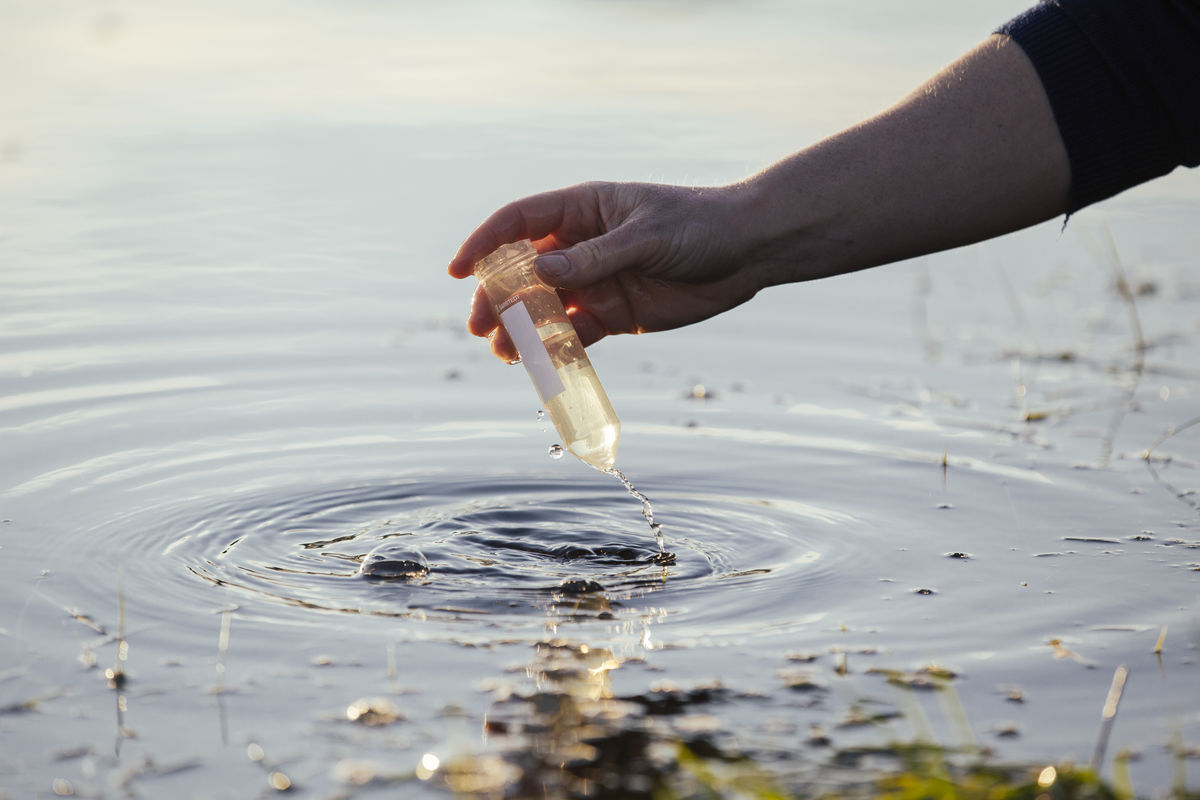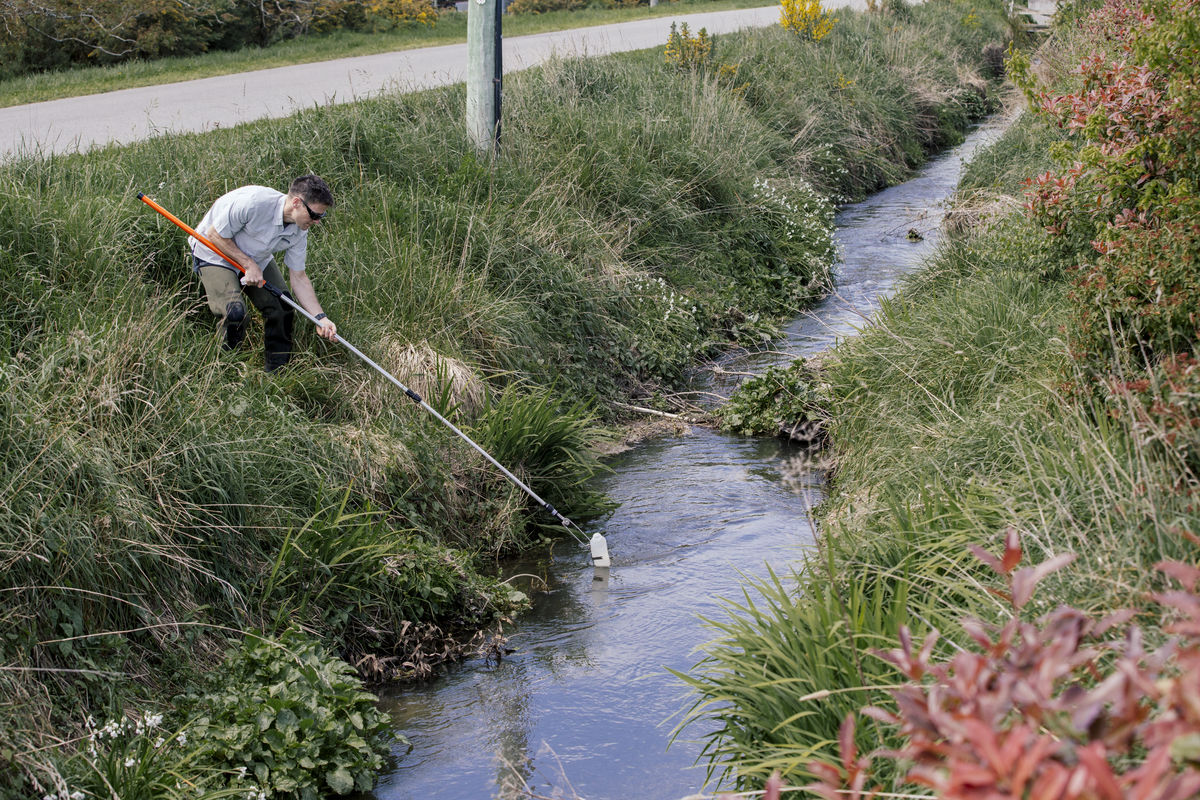
Real time water quality monitoring
What is the problem?
Accurate data is necessary for any experiment. For Living Water, accurate water quality information is important to understand the current state of water quality in a catchment and long-term monitoring is needed to see if changes to farming practices and interventions are working.
At Living Water’s Waikato Peat Lakes site, water quality samples are collected from Lake Ruatuna in person and processed by a laboratory according to Waikato Regional Council State of the Environment monitoring standards. The Lake was sampled bi-monthly from 2016, with sample frequency increasing to monthly from 2019.
Monthly data provides good information for long-term trends and in large, stable bodies of water but results can be highly weather dependant and collection of samples is time consuming. Real-time water quality monitoring allows us to see changes as they happen, including the impacts of high rainfall events and different flows.
Living Water approached Adroit Environmental Monitoring about using their monitoring technology after learning about their partnership with Mercury Energy using real-time water monitoring in the South Waikato/Rotorua District.
Another facet of the data issue is accessibility. Adroit’s dashboard is easy to interpret, available on a smartphone or computer and visible to anyone in the catchment that would benefit from the data, like catchment groups, iwi and hapū, scientists and farmers. The data is compatible with existing software like Overseer and can be downloaded into CSV files.
Real-time water quality monitoring in the Manga-o-tama catchment
What is the project?
In May 2022 two sensors were installed in the Manga-o-tama catchment as part of our catchment restoration project. The two sites were selected based on accessibility and suitability on two tributaries that feed into the Manga-o-tama wetland.
The catchment group had already been doing some remediations and improvements, and with more action planned, this monitoring will help us understand what’s working.
The sensors record the following parameters every hour:
- Nitrates (NO3)
- turbidity
- total suspended solids
- total dissolved solids
- dissolved oxygen
- water temperature
- conductivity
- pH

What is Living Water hoping to learn from this project?
There are three things Living Water is looking at in this project:
- Understand long and short-term water quality trends in the catchment
There can be lots of variation in water quality from day to day and in different flows, from natural causes and from land use. We don’t have a lot of information around these short-term trends because there was no way to collect the data. - If interventions within the catchment are working
This data will let us know if the interventions like riparian planting, wetland restoration, fencing setbacks and on-farm changes are having an impact. Many of the interventions like wetland restoration and riparian planting reduce sediment entering waterways in high rainfall when it’s dangerous to gather water samples. These sensors are designed to withstand high flow conditions and will continue to provide real-time data in even the worst conditions. - Can continuous, accurate data that’s accessible to all parties involved in catchment management empower and inspire change?
Living Water has learnt from previous projects that a barrier to better catchment management has been a lack of good data and lack of accessibility to what data exists. There is an established catchment management group in the Manga-o-tama catchment, with all parties having access to the same data, it will be easier to make evidence based decisions on interventions and land-use changes.
More information on the sensors and data interface can be found on the Adroit website